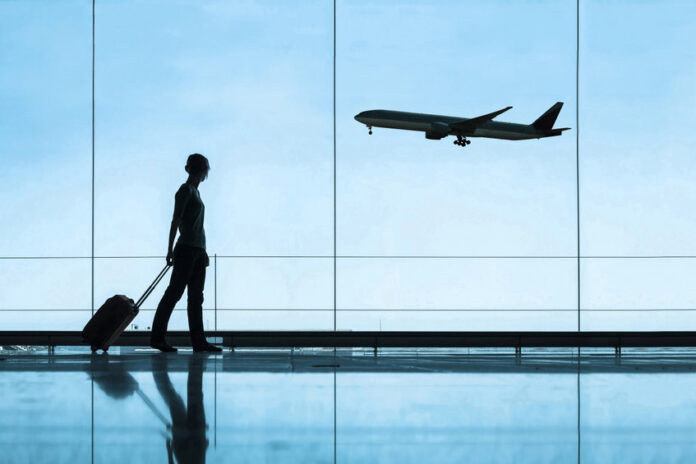In December, AT&T and Verizon agreed to pause their C-Band plans following warnings issued by the FAA that the 5G spectrum could interfere with aviation safety systems
50 U.S. airports have been given 5G buffer zones per an agreement between the Federal Aviation Administration (FAA) and AT&T and Verizon. Following some back and forth between the two parties, the list of airports was published on Friday, and includes major airports in Indianapolis, northern New Jersey, New York City, Austin, Nashville, Houston and Los Angeles, among many others.
In December, AT&T and Verizon agreed to pause their C-Band plans until early January following warnings issued by the Federal Aviation Administration (FAA) that the 5G spectrum could interfere with aviation safety systems, particularly during low-altitude flight operations.
When the FAA Chief Steve Dickson and U.S. Transportation Secretary Pete Buttigieg asked Verizon and AT&T to delay their C-Band roll out for an additional two weeks, the carriers first rejected the new request. In a joint letter, the carriers’ CEOs called the proposal “an irresponsible abdication of the operating control required to deploy world-class and globally competitive communications networks.”
The pair changed their tune the following day, however, ultimately agreeing to the two-week delay. Reuters reported that the delay came in the face of pressure from the White House, aviation unions and a threat by airlines to file suit that would have blocked C-Band deployments until the issue was resolved in court.
Reuters also cited an email from Verizon CEO Hans Vestberg to employees which said that the company sees no aviation safety issue with 5G, but said the FAA “intended to disrupt an already difficult time for air travel if we move ahead with our planned activation… We felt that it was the right thing to do for the flying public, which includes our customers and all of us, to give the FAA a little time to work out its issues with the aviation community.”
Chosen based on several factors, including traffic volume, the number of low-visibility days and geographic location, the buffer zones are currently set to last six months. According to the FAA and the aviation community, the 5G-free zones will limit the potential interference of 5G antennas with airplane instruments, called radar altimeters, that tell pilots how far they are from the ground. Such instruments are particularly critical when visibility is poor, such as during bad weather.

